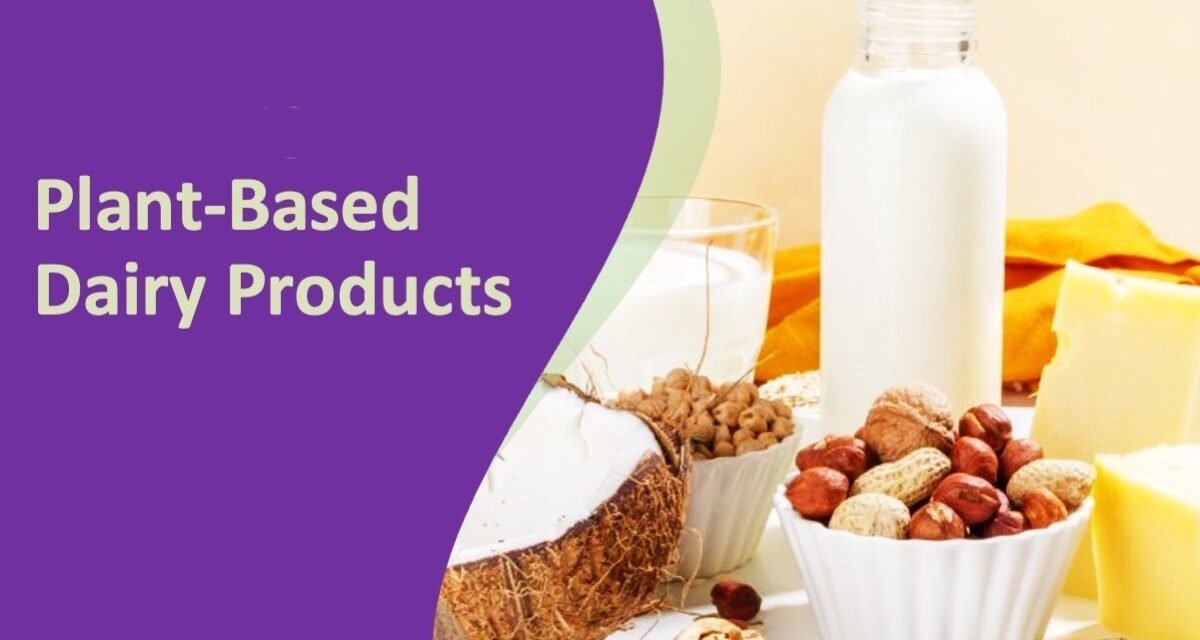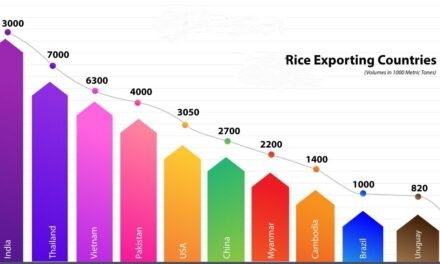The plant-based dairy alternatives market is rapidly evolving, driven by consumer demand for sustainable, health-conscious, and innovative products. Here’s a look at the latest trends shaping this dynamic industry:
1. Expanding Ingredient Bases
- Trend: Companies are moving beyond traditional bases like almonds and soy to diversify offerings.
- Emerging Ingredients:
- Oats: Creamy texture and mild flavor, making it a popular choice for milk, yogurt, and ice cream.
- Pea Protein: High protein content and neutral flavor, suitable for milk and creamers.
- Potatoes: Low environmental impact and smooth texture for milk alternatives.
- Nuts and Seeds: Cashews, macadamia, sunflower seeds, and sesame for creamy, rich textures.
- Impact: Expands options for consumers with dietary restrictions or environmental concerns.
2. Improved Taste and Texture
- Trend: Manufacturers are addressing historical criticisms of plant-based dairy alternatives by improving mouthfeel and flavor.
- Technologies:
- Blending Ingredients: Combining multiple bases (e.g., oat and coconut) to enhance creaminess.
- Enzymatic Processing: Breaking down fibers to reduce grittiness in products like oat milk.
- Fermentation: Enhancing taste and texture in plant-based yogurts and cheeses.
- Impact: Appeals to a broader audience, including traditional dairy consumers.
3. Functional and Fortified Products
- Trend: Addition of nutrients and functional ingredients to mimic dairy’s nutritional profile or offer added benefits.
- Popular Additions:
- Calcium and Vitamin D for bone health.
- Omega-3 fatty acids from algae for heart health.
- Probiotics in plant-based yogurts for gut health.
- Protein fortification using pea, fava bean, or chickpea protein.
- Impact: Positions plant-based alternatives as complete nutritional replacements for dairy.
4. Innovation in Plant-Based Cheese
- Trend: Development of more authentic plant-based cheeses with improved melting, stretching, and flavor profiles.
- Technologies:
- Fermentation using plant-derived cultures.
- Aging processes to mimic traditional cheese flavors.
- Enhanced emulsification techniques for better texture and functionality.
- Examples: Artisan vegan cheeses with sharp cheddar, brie, or blue cheese profiles.
- Impact: Addresses consumer demand for high-quality dairy cheese alternatives.
5. Clean-label and Minimal Processing
- Trend: Consumers prioritize transparency and natural ingredients in plant-based products.
- Features:
- Short ingredient lists with recognizable components like oats, nuts, and water.
- Avoidance of artificial additives, gums, or stabilizers.
- Use of natural emulsifiers like sunflower lecithin or flaxseed.
- Impact: Builds trust and appeals to health-conscious consumers.
6. Sustainability and Environmental Focus
- Trend: Emphasis on eco-friendly production and packaging to address climate concerns.
- Practices:
- Sourcing low-water crops like oats and peas.
- Using upcycled ingredients, such as by-products from other industries (e.g., almond pulp).
- Sustainable packaging, including compostable cartons or refillable glass bottles.
- Impact: Aligns with consumer preferences for reducing carbon and water footprints.
7. Expanding Product Categories
- Trend: Growth beyond traditional milk substitutes into diverse categories.
- Examples:
- Plant-based creamers, butter, and whipping creams.
- Non-dairy ice creams with innovative flavors like matcha, lavender, and salted caramel.
- Plant-based cheese spreads, shreds, and slices.
- Impact: Provides consumers with more options for everyday cooking and indulgence.
8. Hyper-Regional Flavors and Customization
- Trend: Incorporating local ingredients and flavors to appeal to regional markets.
- Examples:
- Coconut-based products in Southeast Asia.
- Tigernut milk in African markets.
- Mango lassi-inspired plant-based yogurts in India.
- Impact: Increases global accessibility and cultural relevance of plant-based alternatives.
9. Advanced Processing Techniques
- Trend: Leveraging food tech to improve the production process and product quality.
- Technologies:
- Precision Fermentation: Using microbes to produce dairy-identical proteins without animals.
- Ultrafiltration: Enhancing creaminess and protein content in milk alternatives.
- Cold Pressing: Retaining more nutrients and flavors in plant-based products.
- Impact: Drives innovation while maintaining product integrity and sustainability.
10. Collaboration with Foodservice
- Trend: Partnerships with cafes, restaurants, and fast-food chains to offer plant-based options.
- Examples:
- Oat milk is the default option in coffee chains like Starbucks.
- Plant-based creamers and ice creams in fast-food chains.
- Impact: Increases visibility and normalizes plant-based options for mainstream consumers.
11. Catering to Allergies and Intolerances
- Trend: Creating allergen-friendly options to accommodate diverse dietary needs.
- Approaches:
- Nut-free products using oats, rice, or coconut.
- Soy-free alternatives for those with sensitivities.
- Gluten-free certifications for oat-based products.
- Impact: Expands market reach and ensures inclusivity.
12. Hybrid Products
- Trend: Combining plant-based and traditional dairy to cater to flexitarian consumers.
- Examples:
- Blended milk (e.g., 50% dairy, 50% plant-based).
- Hybrid cheeses and yogurts with improved taste and nutrition.
- Impact: Appeals to consumers transitioning from dairy to plant-based diets.
13. Organic and Non-GMO Options
- Trend: Growth in demand for organic and non-GMO plant-based products.
- Examples:
- Organic almond or oat milk.
- Non-GMO soy and pea-based products.
- Impact: Aligns with consumer preferences for clean and ethically sourced food.
14. Plant-Based Desserts and Indulgent Options
- Trend: Expansion into premium dessert categories.
- Examples:
- Vegan cheesecakes, puddings, and custards.
- Non-dairy gelato with decadent flavors like dark chocolate and hazelnut praline.
- Impact: Captures the growing indulgence-driven market segment.
15. Personalized Nutrition
- Trend: Tailored plant-based dairy products catering to specific health goals.
- Examples:
- High-protein shakes for athletes.
- Low-sugar or keto-friendly milk alternatives.
- Probiotic-rich yogurts for gut health.
- Impact: Addresses niche dietary preferences and functional health needs.
Conclusion
The plant-based dairy alternatives industry continues to grow and diversify, driven by advances in technology, sustainability, and consumer demand for better taste, texture, and functionality. As innovation accelerates, the market is expanding to include a wide range of options catering to diverse dietary needs, regional preferences, and lifestyle trends.
Hashtags
#PlantBasedMilk #DairyFreeDelights #VeganCheese #SustainableEating #DairyFreeDiet #PlantBasedProtein #AlternativeDairy #HealthyEatingHabits #NonDairyLifestyle #EcoConsciousChoices #DairyFreeMovement #PlantBasedEats #InnovativeFoodChoices #EcoFriendlyEating #DairyFreeLivingTips #HealthyPlantBased #NonDairyDeliciousness #EcoFriendlyDairy #DairyFreeInspiration #PlantBasedGoodness









